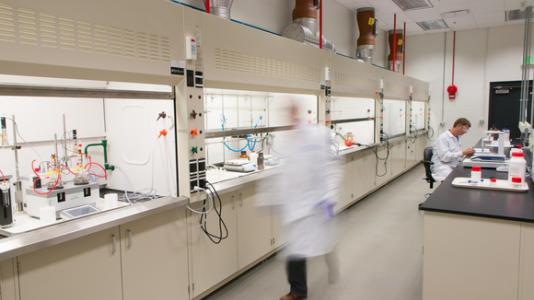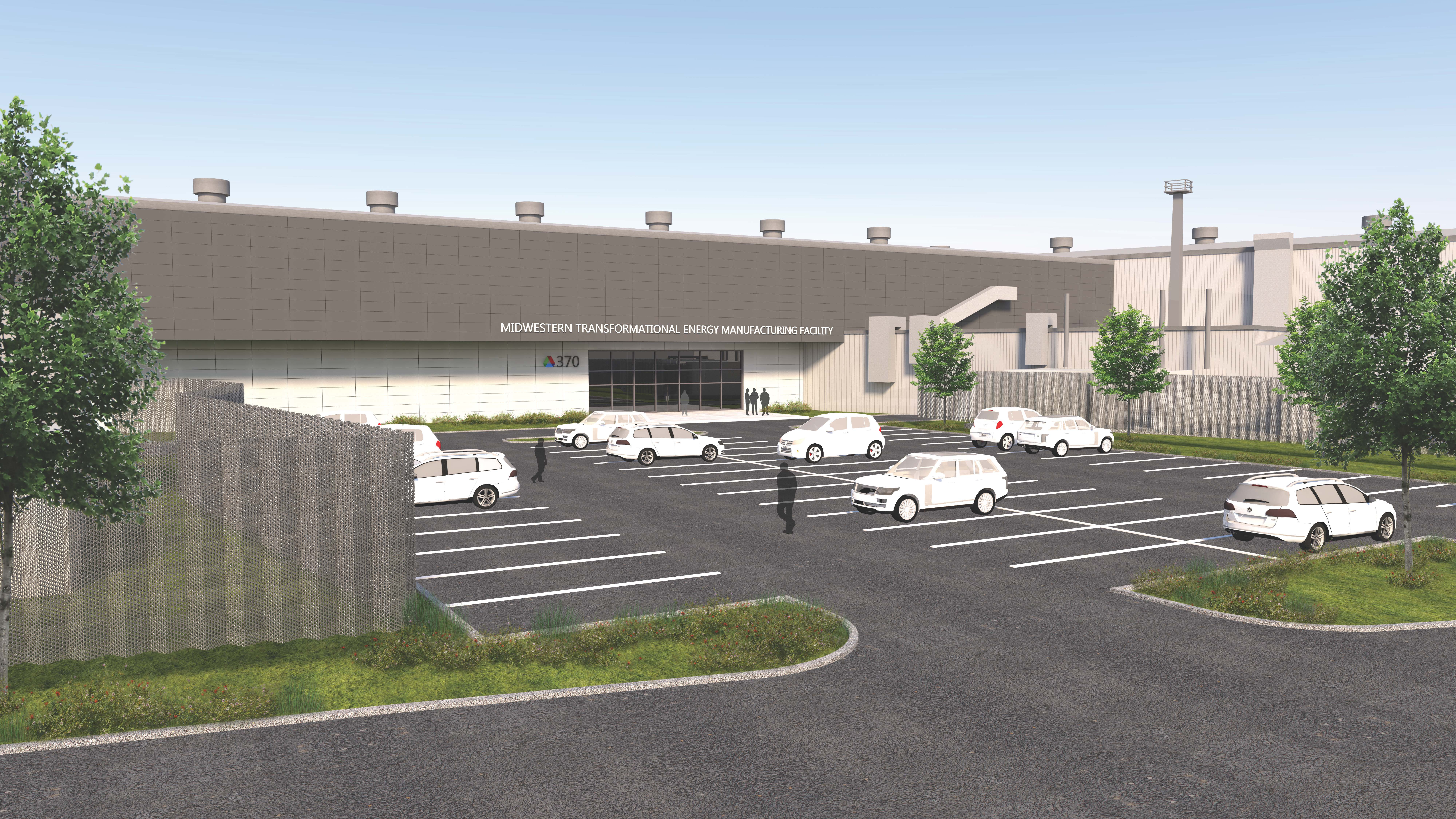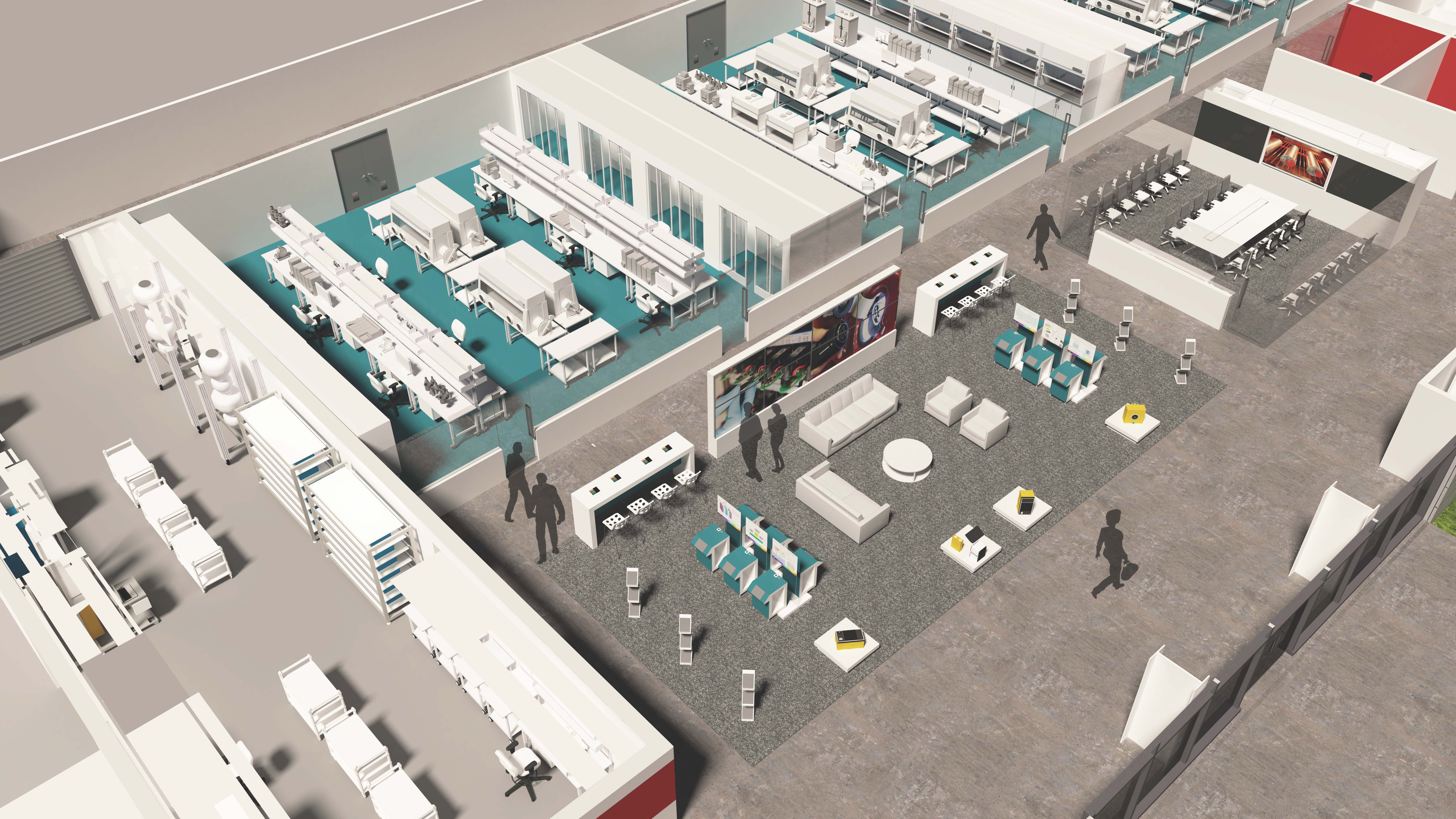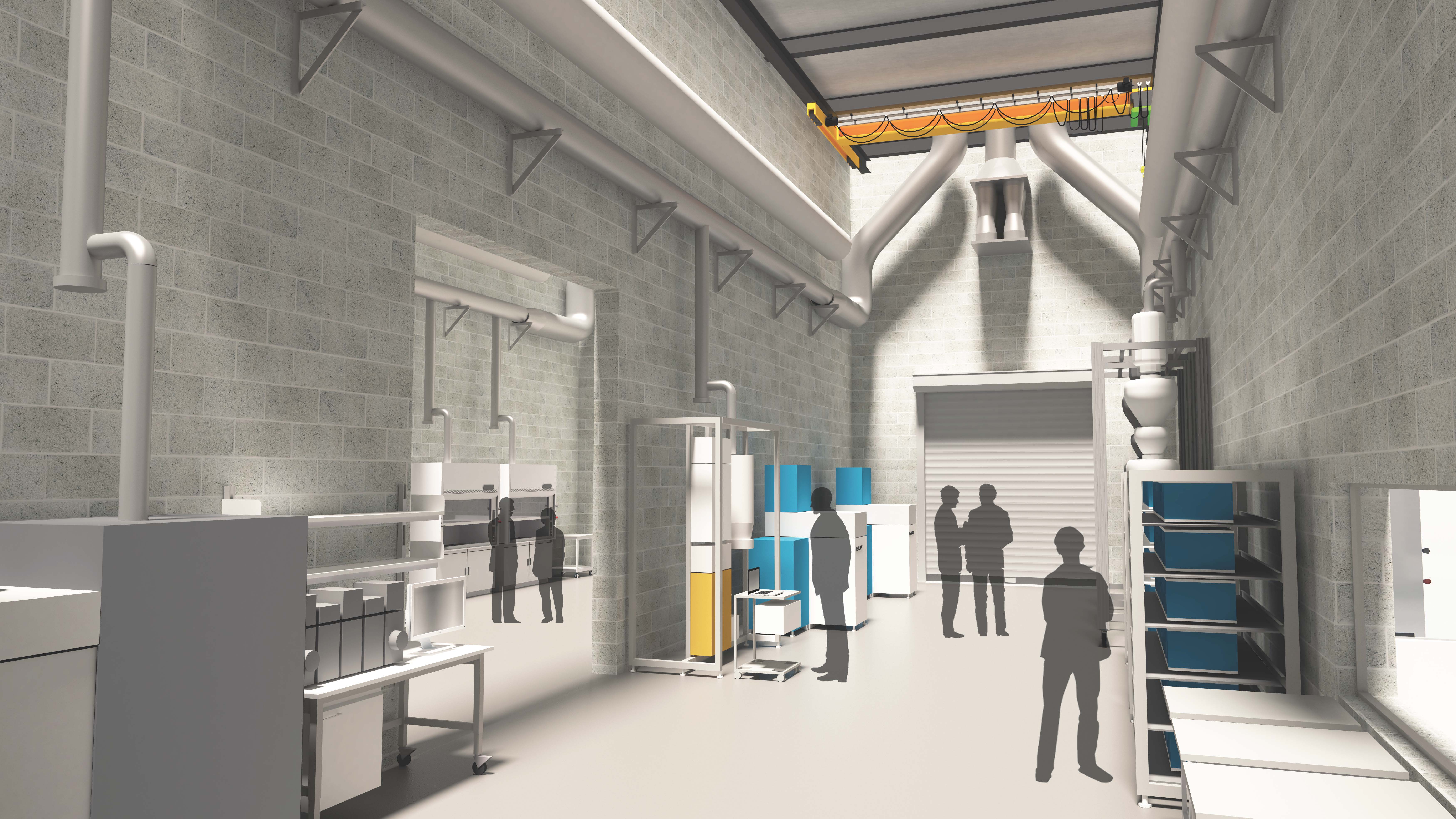
The Materials Engineering Research Facility (MERF) has been synonymous with battery innovation since the day it was built.
From that time, five years ago, the facility and those who lead it have emerged as experts at scaling battery materials for industry-level use, while driving down the cost and time for scale up processes. Along the way, they’ve successfully scaled over 30 battery materials; partnered with NASA’s Jet Propulsion Laboratory, General Motors, and other leading institutions; and garnered numerous patents and awards.
More recently, MERF researchers have entered new strategic partnership projects with battery companies: Albemarle, a specialty chemicals company; A123 Systems, a leading developer of advanced lithium batteries and energy storage systems; and Advano, a start-up working on advanced silicon materials for batteries.
While the MERF continues to advance battery research, battery material scale-up is not all that it’s capable of.
“As we’ve become more successful at improving processes related to the scale up of battery materials, we’ve discovered emerging opportunities for us to apply our expertise and capabilities to the scale up of other materials,” said MERF Director Greg Krumdick.
In recent years, researchers at the U.S. Department of Energy’s Argonne National Laboratory have begun exercising capabilities at the MERF to address challenges in other research areas.
Multiple collaborations highlight the different kinds of applications that are possible.
Through a collaboration with the University of Chicago’s Institute of Molecular Engineering and Aloterra, the MERF is scaling the process to purify and functionalize cellulose nanocrystals (CNC’s). CNC’s are renewable, highly crystalline nanoparticles that have a high fiber tensile strength that can be used in many applications, from energy storage to reinforced plastics and advanced coatings.
A project with DOE’s Fuel Cell Technology Office uses MERF expertise and capabilities to scale up advanced catalysts developed in Argonne’s Materials Science Division for fuel cell applications.
MERF researchers are also engaged in improving roll-to-roll (R2R) processing to help enable widespread commercialization of 2D engineered materials, like smart flexible sensors, and membranes for water applications and electrolytic hydrogen production. Through a multi-laboratory and industrial consortium, the MERF, in conjunction with Argonne’s Cell Analysis Modeling and Prototyping Facility, provides, characterizes, and evaluates custom materials and devices that can advance high-value R2R manufacturing.
MERF capabilities have been enhanced through the addition of advanced synthesis techniques, including Taylor vortex reactors, flame spray pyrolysis technology, and continuous flow reactors. When first built, MERF researchers relied on conventional reactors and synthesis tools for making materials, but in recent years have begun implementing advanced manufacturing and synthesis techniques to drive even greater performance at lower cost.
“These new techniques we’re exploring have far reaching potential; they can be adapted for battery research as well as other kinds of research,” Krumdick said.
The scope of the work that is possible at the MERF will gain another boost in years to come through the advent of the Manufacturing Science and Engineering Facility. This new facility, in which the MERF will be a component of, will introduce to Argonne new laboratory spaces and high-tech equipment to improve the way materials are made and prototyped.
“This new facility will greatly enhance the capabilities of the MERF by housing a wide range of advanced material manufacturing capabilities and complementary technologies such as advanced coatings,” Krumdick said. “Altogether, these new approaches and collaborations, and the build-up of our new manufacturing facility, will help us do our job of improving materials manufacturing better.”
The Materials Engineering Research Facility (MERF) is supported by the Department of Energy’s Vehicle Technologies Office.


